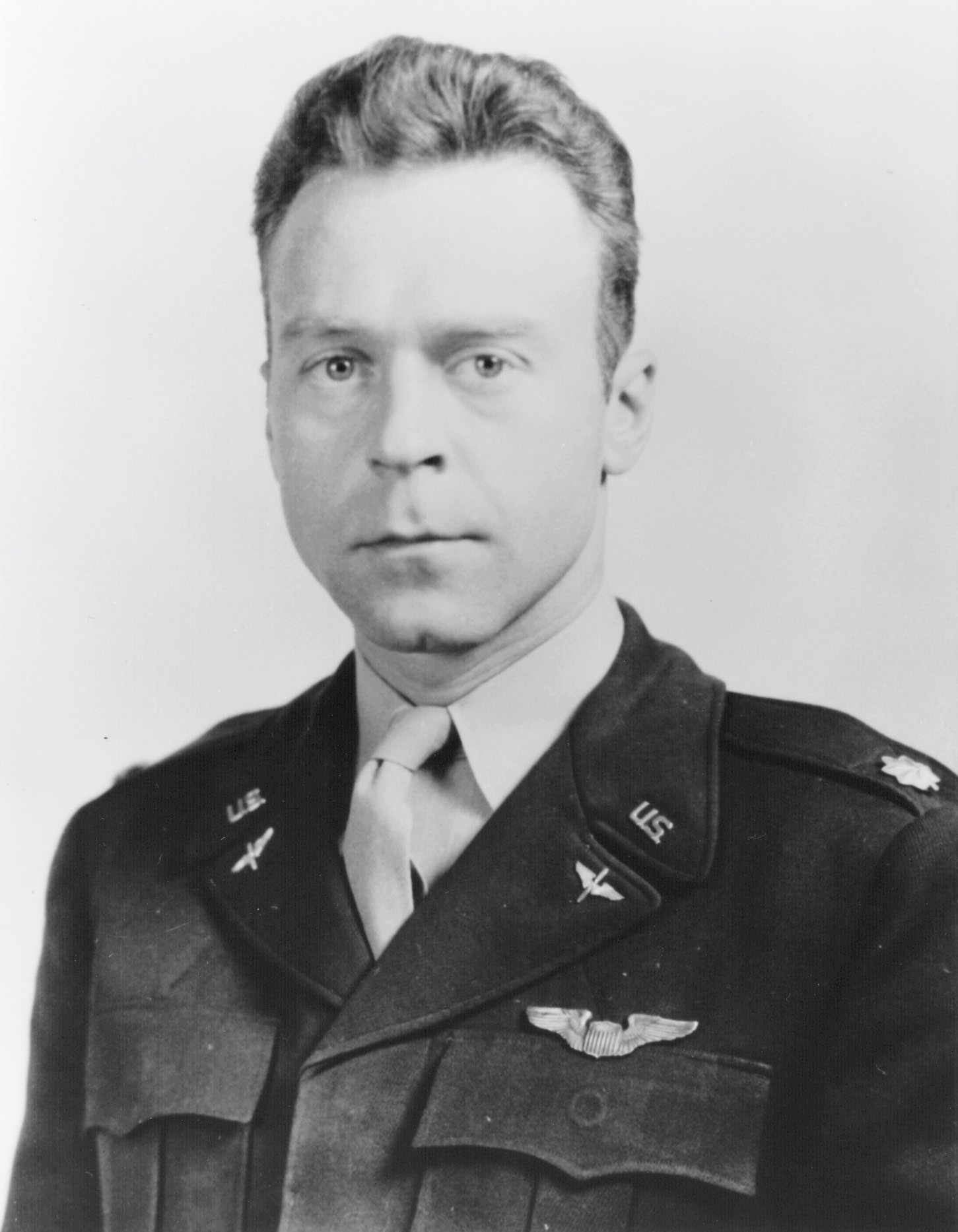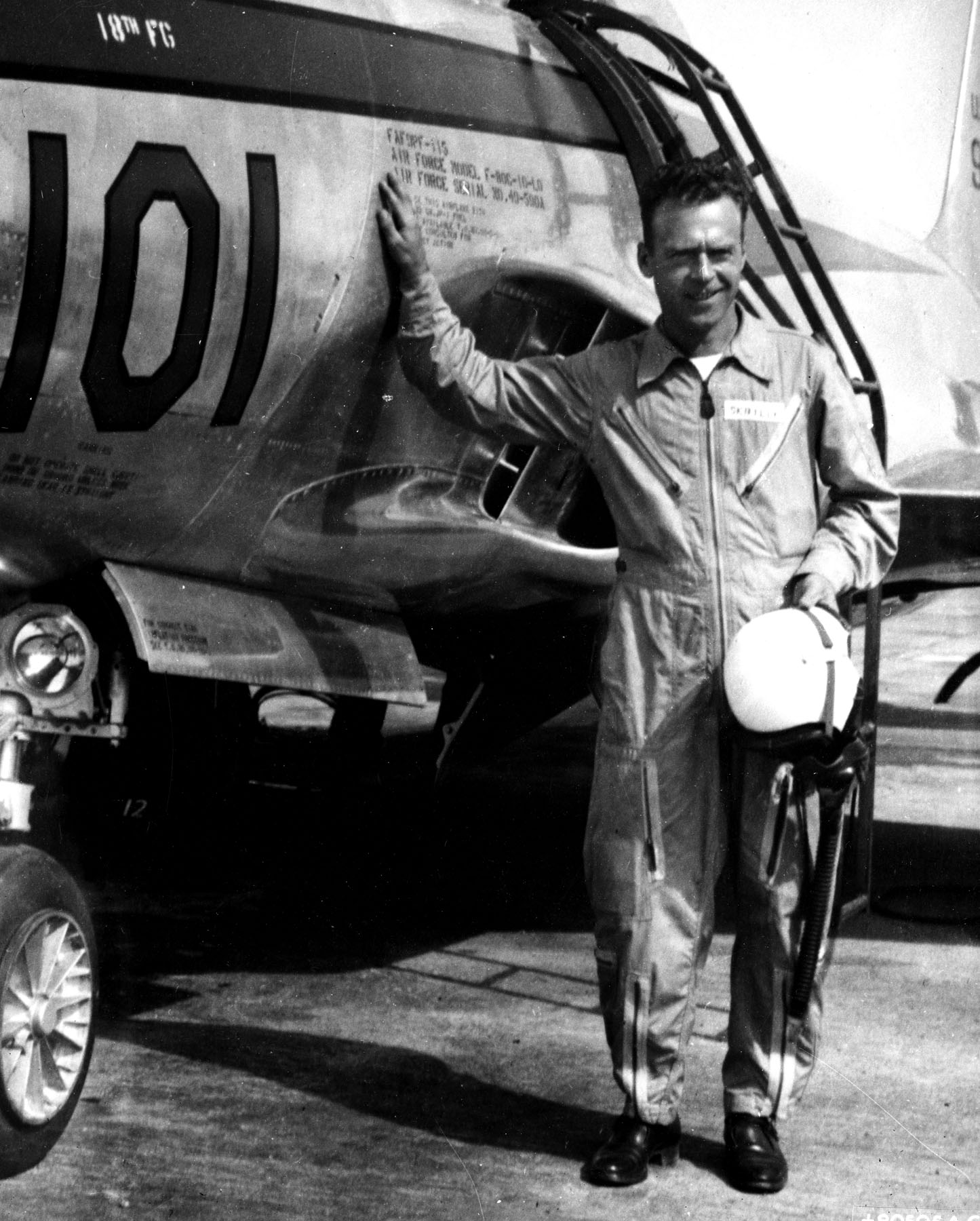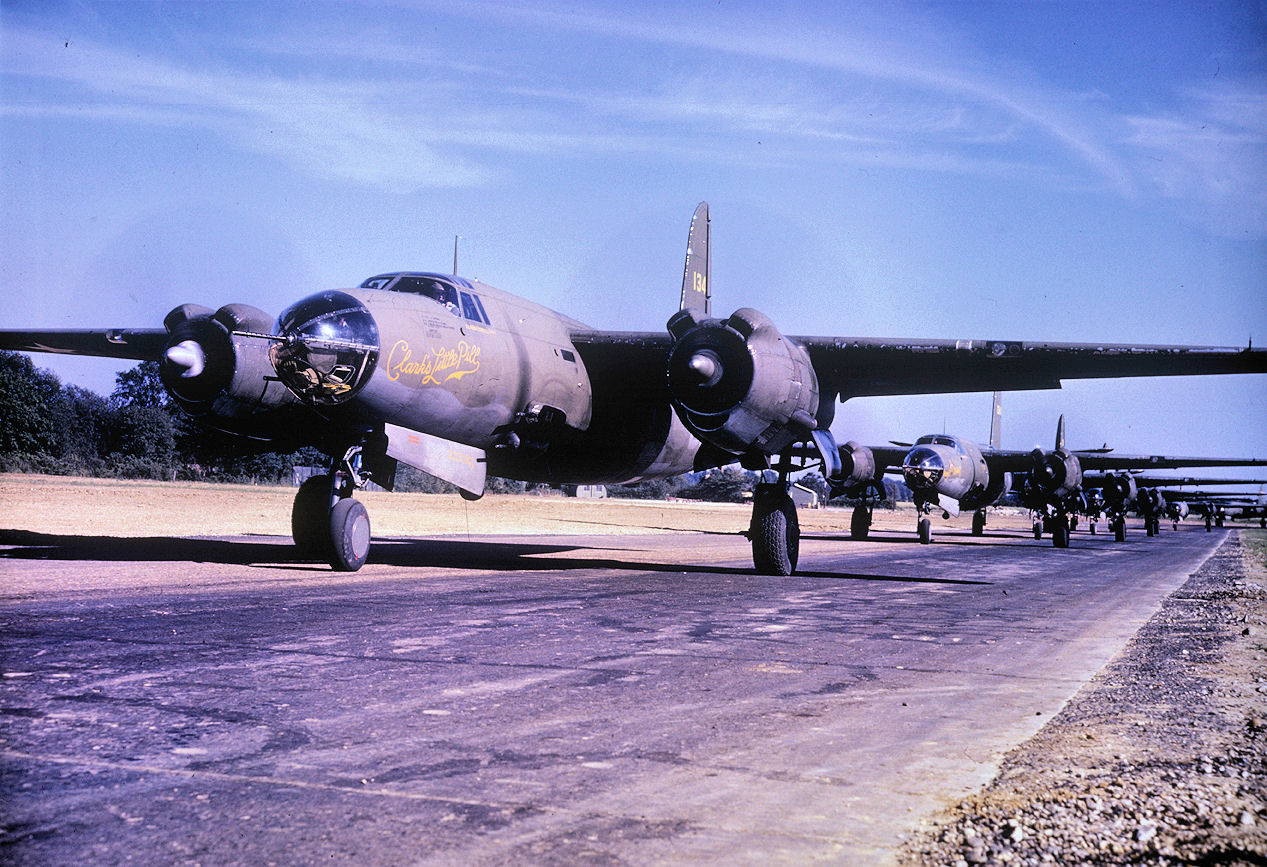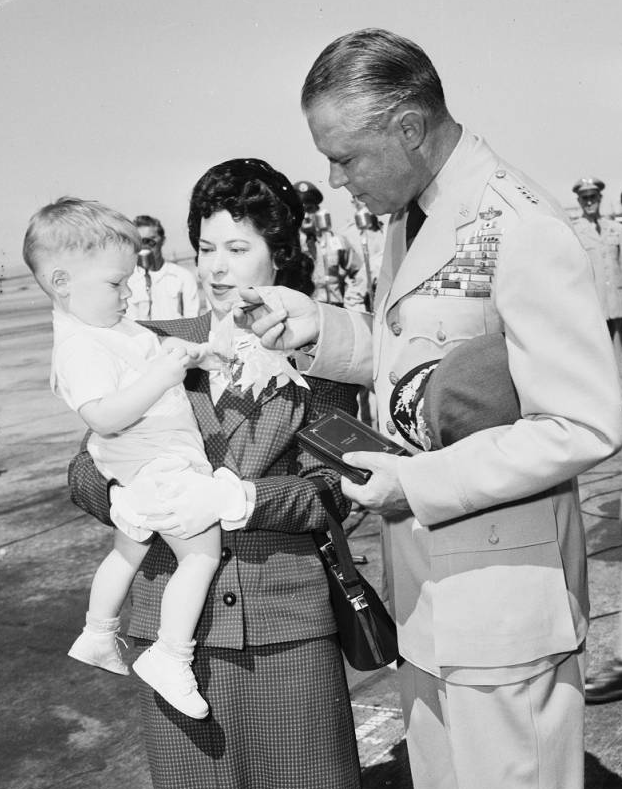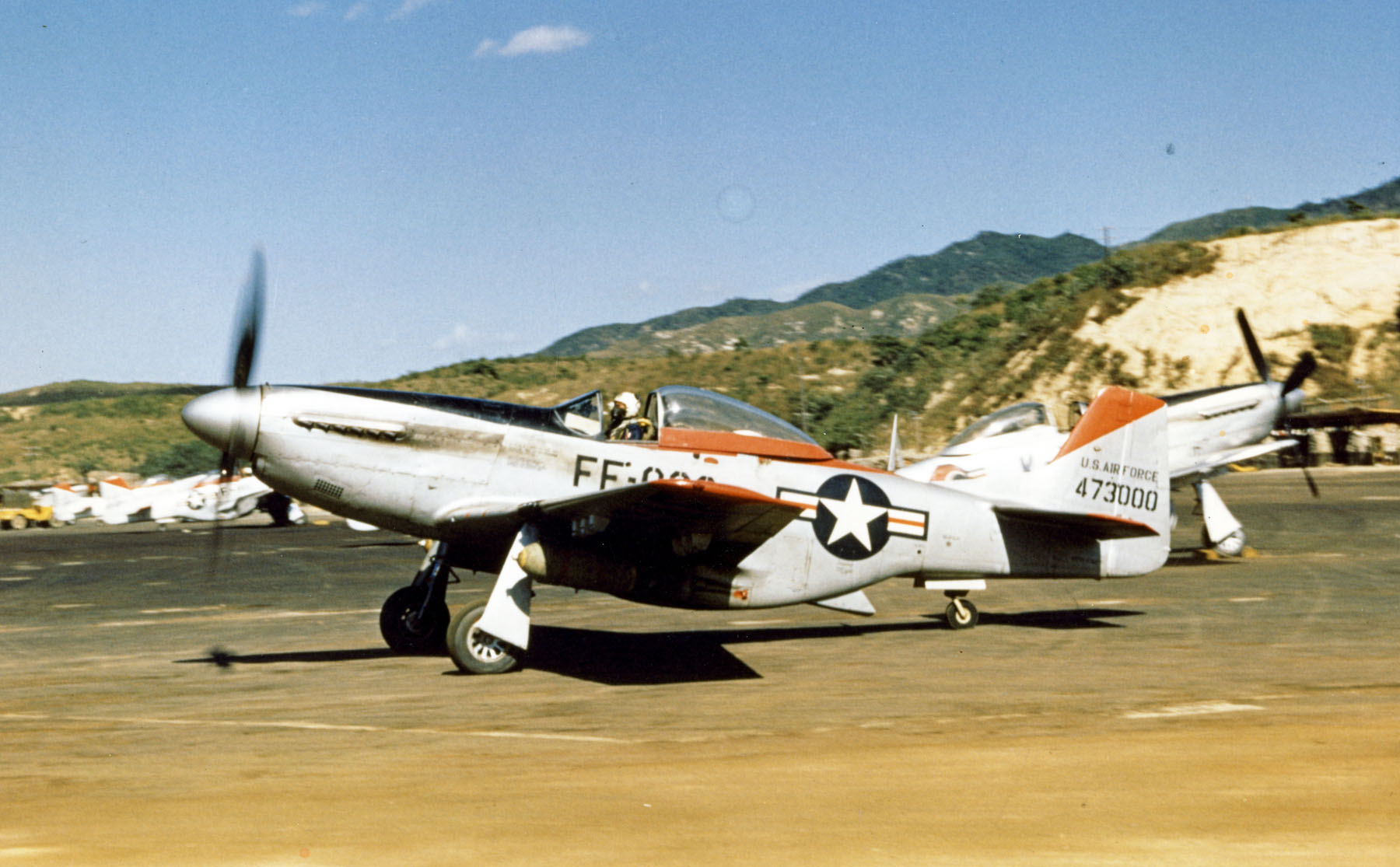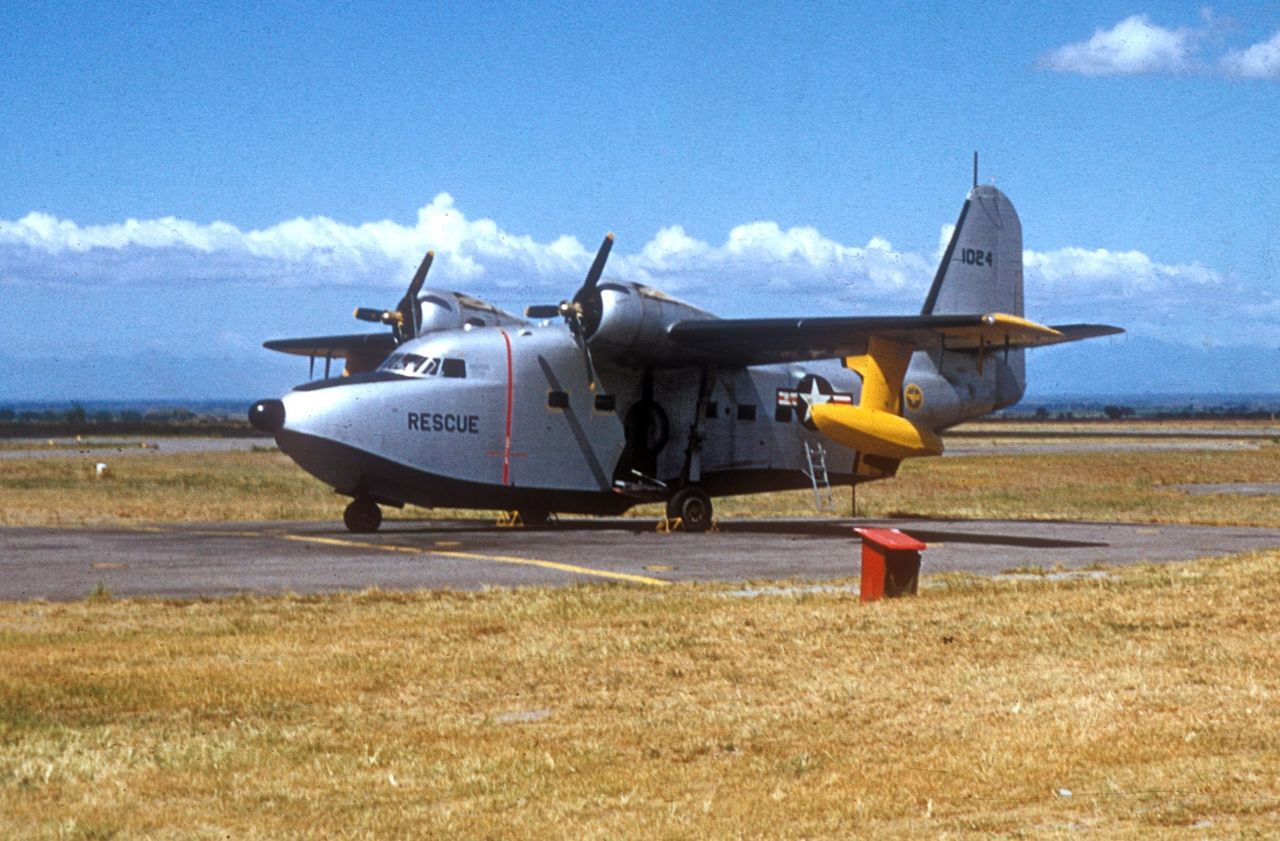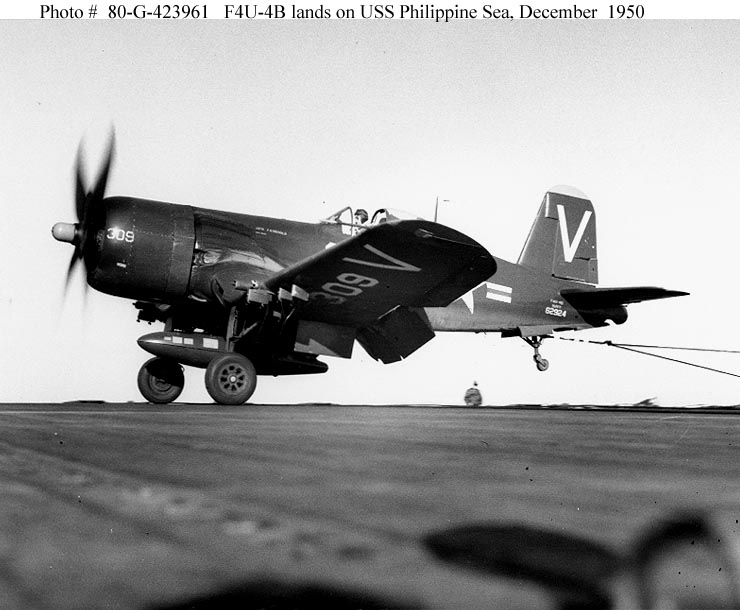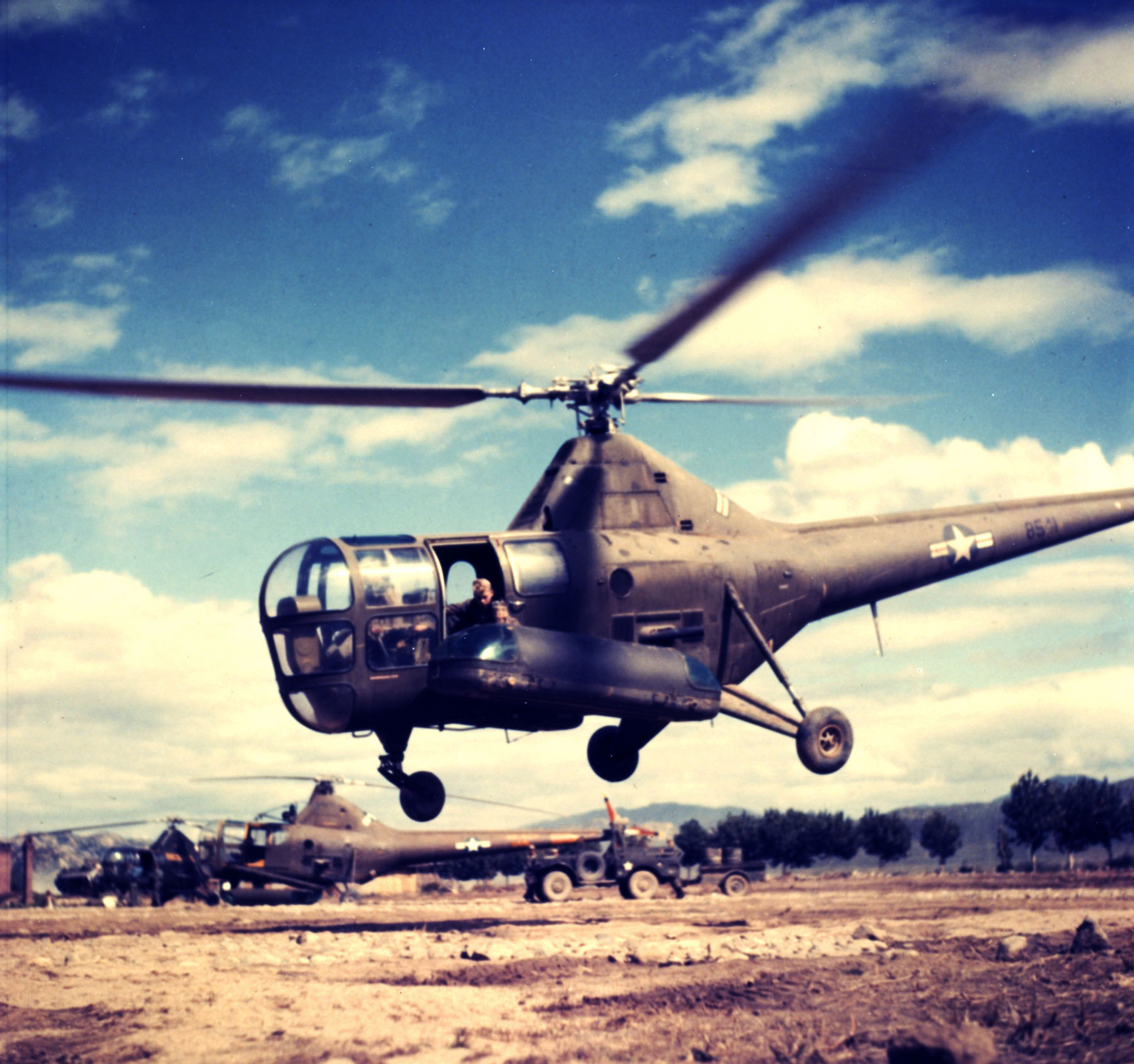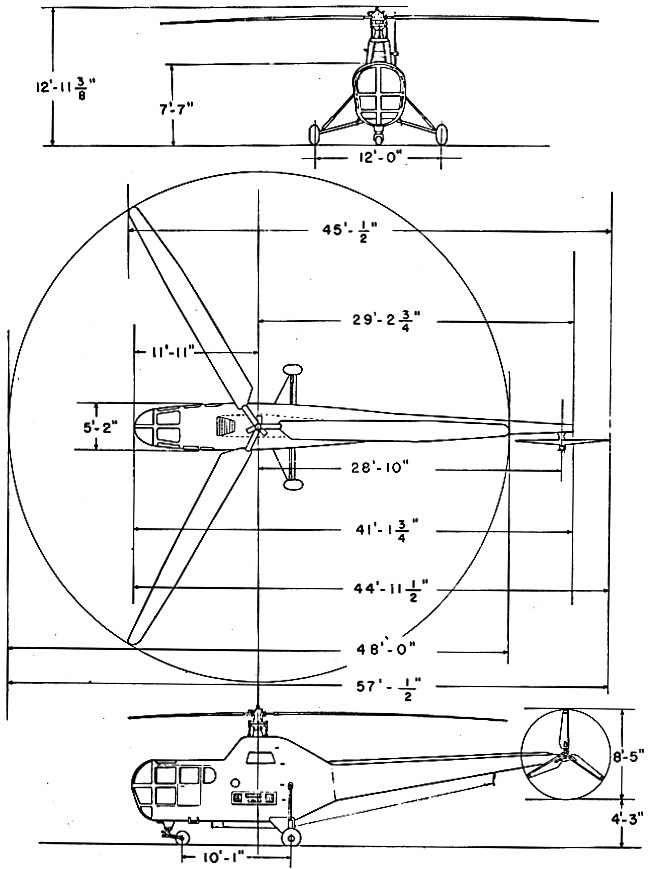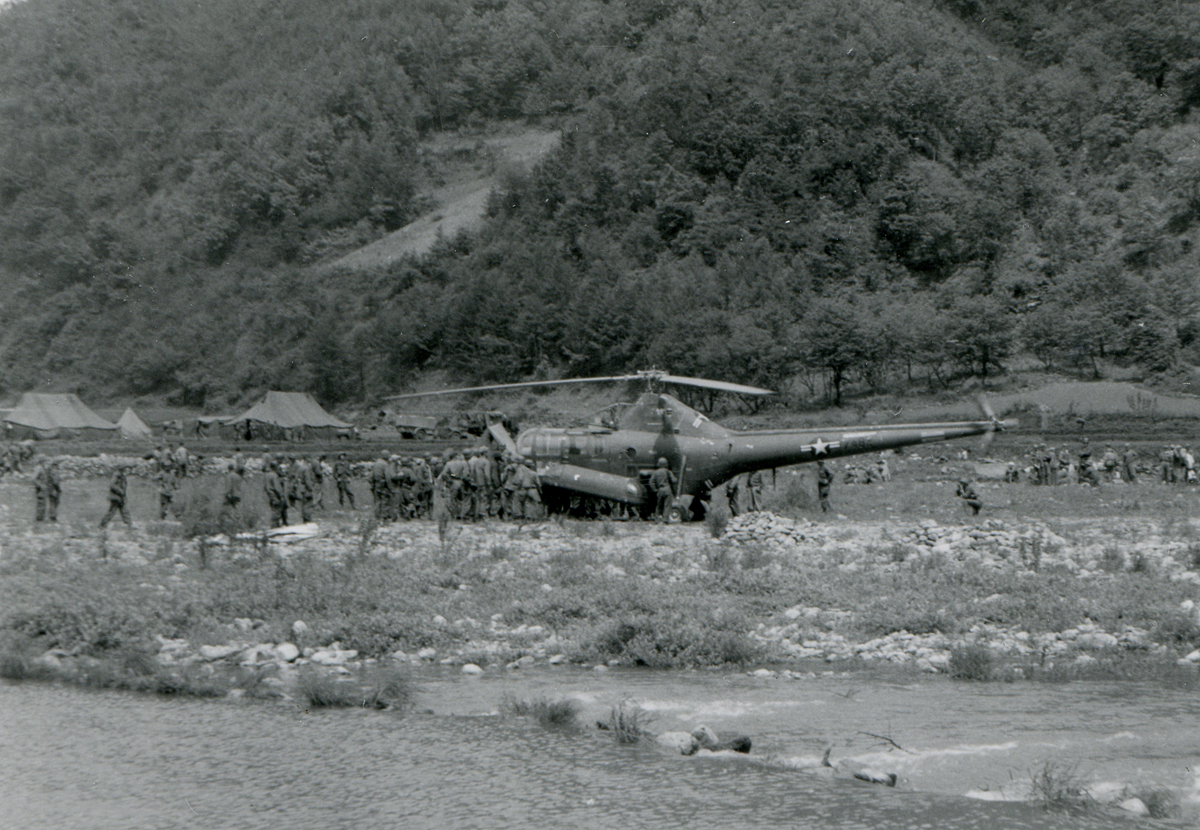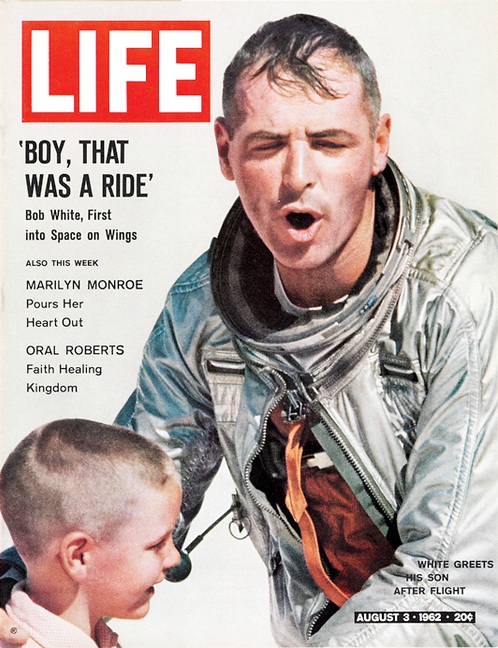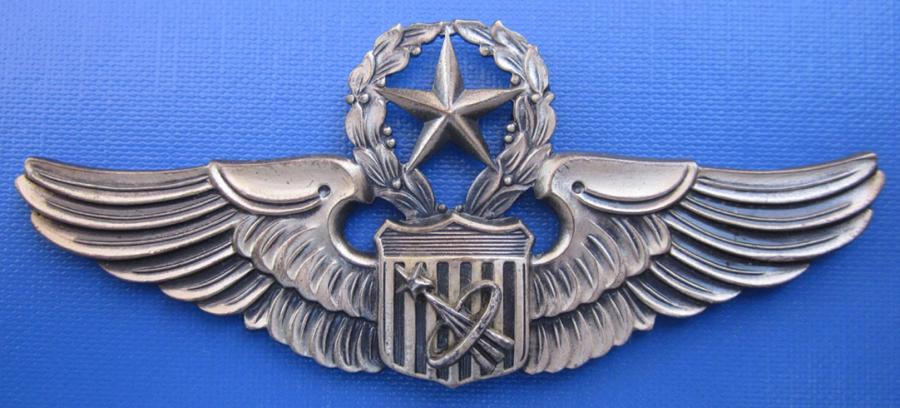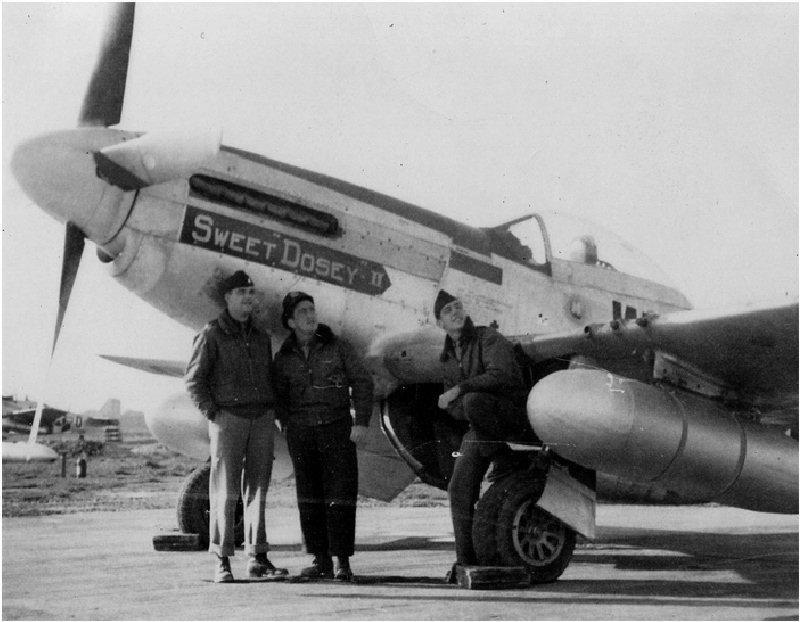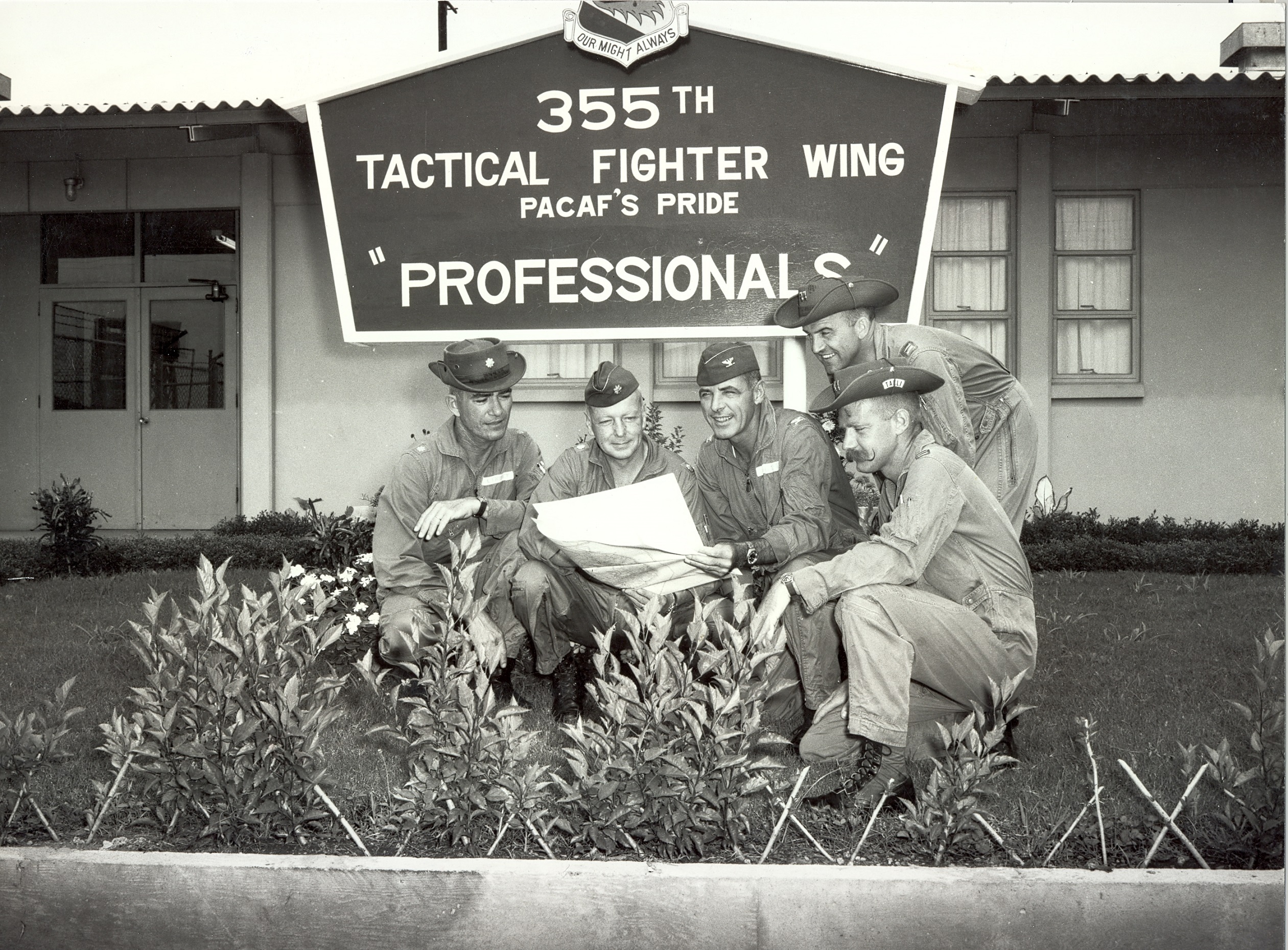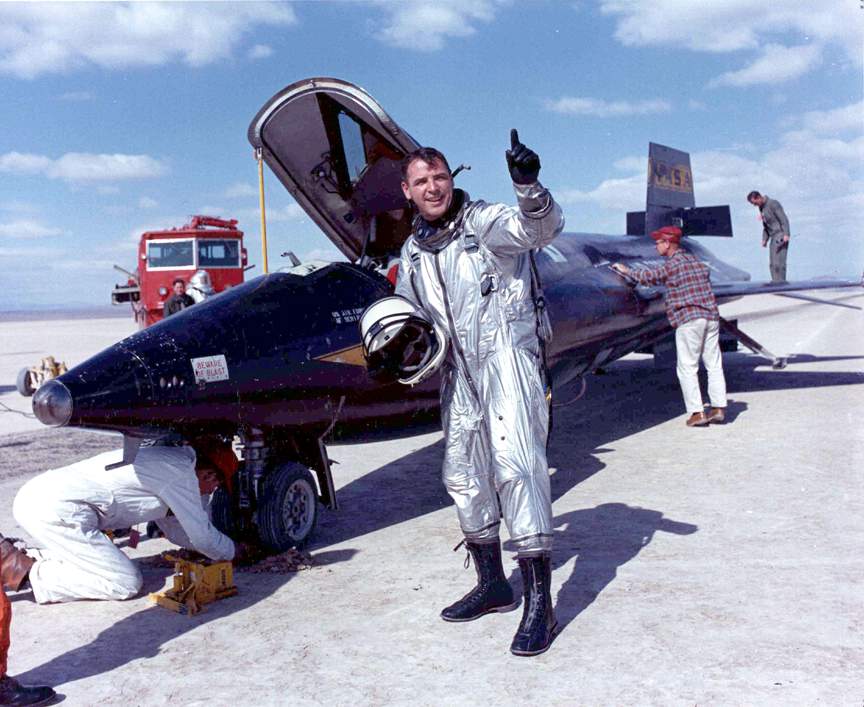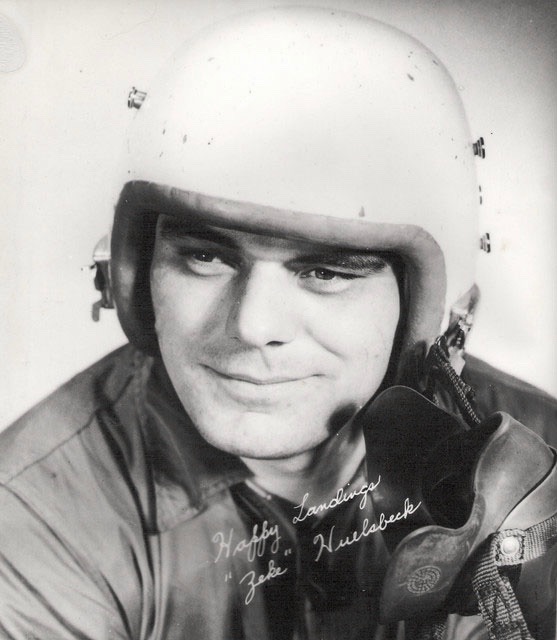
21 October 1959: McDonnell Aircraft Corporation test pilot Gerald (“Zeke”) Huelsbeck was killed while test flying the first prototype YF4H-1 Phantom II, Bureau of Aeronautics serial number (“Bu. No.”) 142259.
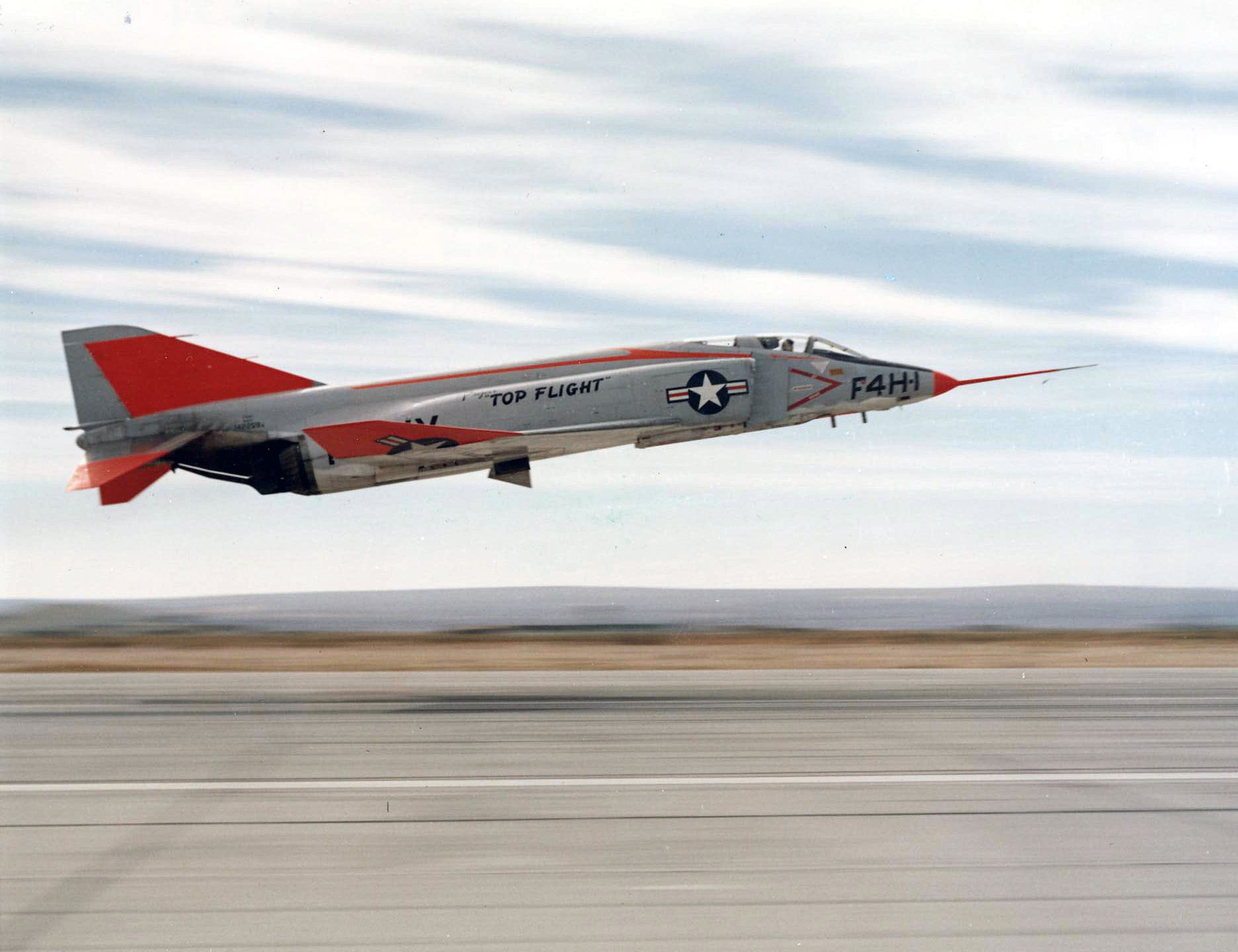
In October 1959 the Navy tried, a bit prematurely, for its first world record with the F4H. McDonnell test pilot Gerald “Zeke” Huelsbeck, flying near Edwards AFB, was testing various flight plans for a high-altitude zoom, looking for one to recommend to the Navy test pilot who would fly the record attempt. Huelsbeck was flying the very first F4H prototype when an engine access door blew loose, flames shot through the engine compartment, and the F4H crashed, killing Huelsbeck. (Over the next three years of the F4H-1 test program three aircraft were destroyed and three crew members died, all preparing for record flights.)
—Engineering the F-4 Phantom II: Parts Into Systems by Glenn E. Bugos, Naval Institute Press, Annapolis, Maryland, 1996, Chapter 5 at Page 101.
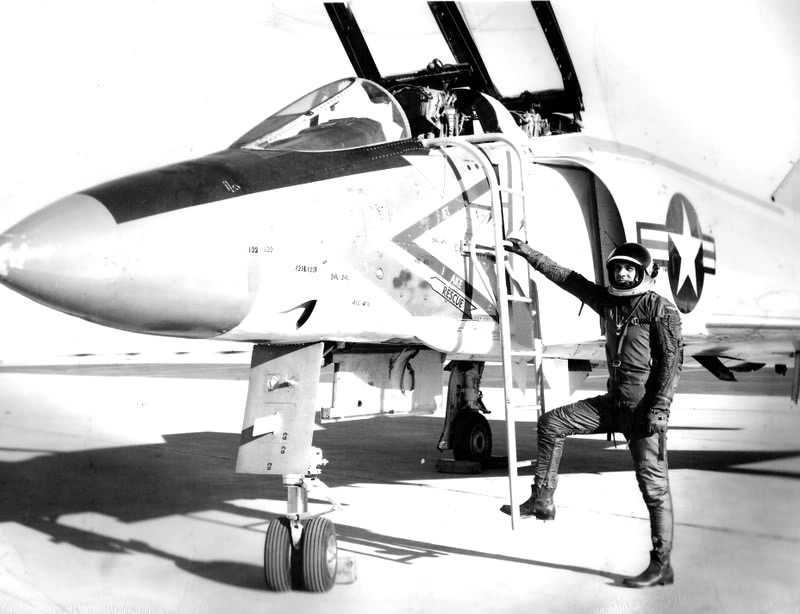
The flight control system of the YF4H-1 was damaged by the fire and went it out of control at high speed and into a spin. Zeke Huelsbeck did eject but was too low. His parachute did not open. The prototype crashed in an open area near Mt. Pinos in the Los Padres National Forest, Ventura County, California, about 70 miles (113 kilometers) southwest of Edwards.
McDonnell YF4H-1 Bu. No. 142259 was the first prototype Phantom II. It had first been flown by Robert C. Little at Lambert Field, St. Louis, Missouri, 27 May 1958. The Phantom II was designed as a supersonic, high-altitude fleet defense interceptor for the United States Navy. It was a two-place twin engine jet fighter armed with radar- and infrared-homing air-to-air missiles.
Gerald Huelsbeck was born in Wisconsin, 16 April 1928, the third child of Walter Andrew Huelsbeck, a farmer, and Irene M. Voigt Huelsbeck. He attended Carroll College (now, Carroll University) in Waukesha, before joining the United States Navy as a midshipman. He completed flight training at NAS Whiting Field, Florida, and was commissioned as an ensign, 2 June 1950.
In 1950, Ensign Gerald Huelsbeck married Miss Mary Jean Hillary, who had also attended Carroll College. They would have two children.
Huelsbeck was promoted to lieutenant (junior grade), 2 June 1952. Assigned as a fighter pilot during the Korean War, he flew 54 combat missions in the McDonnell F2H Banshee.
While flying in the Navy, Huelsbeck experimented with helmet-mounted cine cameras:
. . . He took a standard gun camera, added a couple of gadgets, and attached it to his helmet, The camera is electrically driven and able to take about two minutes of film with a 50-foot magazine. . . “I spent some time doing ‘hand camera’ work in Korea,” he recalls. “You know, after 54 combat missions, you don’t like to think about crashing while trying to take a picture.”
—The Indianapolis Star, Vol. 53, No. 116, Tuesday, 29 September 1955, Page 4 at Columns 2–4
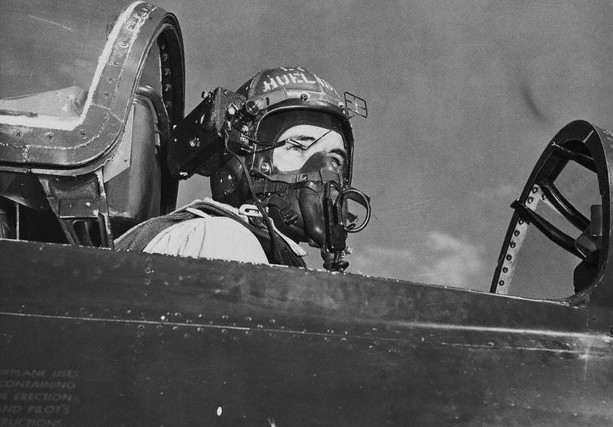
He was serving with VF-11 at NAS Jacksonville, Florida, when he was selected for the United States Naval Test Pilot School at NAS Patuxent River, Maryland, in July 1953.
“Zeke” Huelsbeck left the Navy in 1955 to accept a position as a test pilot with the McDonnell Aircraft Corporation, St. Louis, Missouri. After several months, he was assigned as an experimental test pilot and project pilot of the F4H program.
At the time of the accident, Zeke Huelsbeck was the most experienced pilot flying the F4H.
Gerald Huelsbeck was 31 years old when he died. He is buried in New Berlin, Wisconsin.
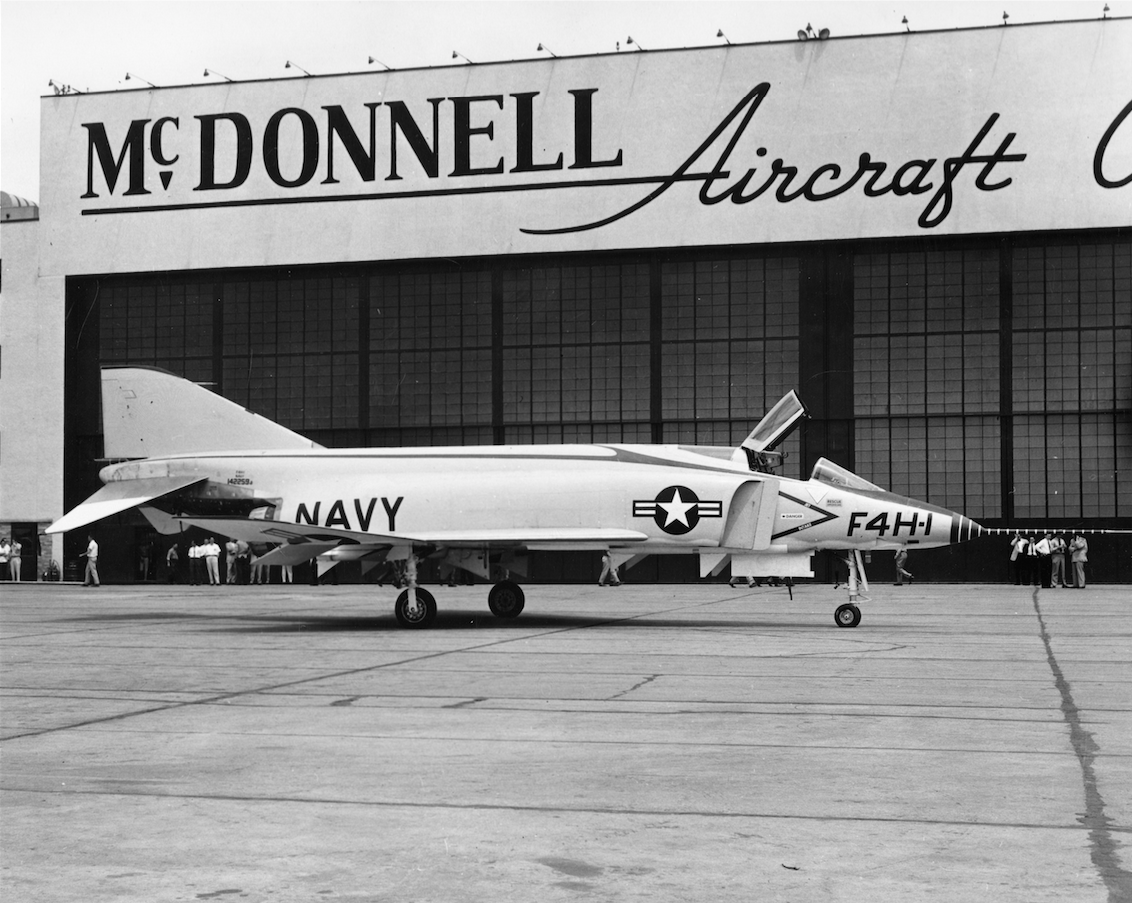
© 2016, Bryan R. Swopes
